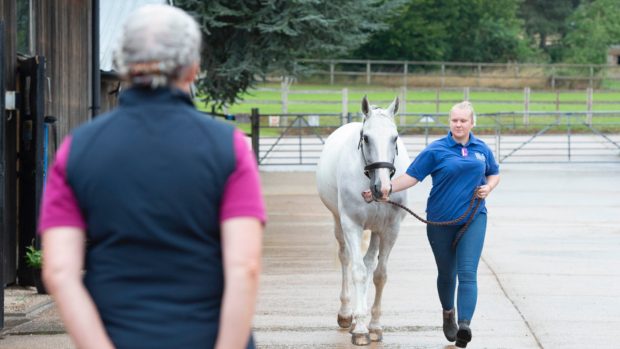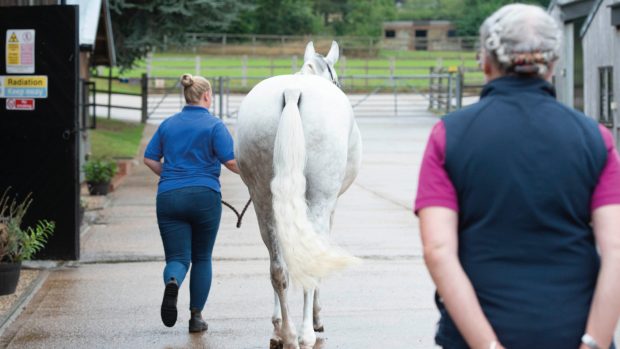Arthritis, colic, laminitis, Cushing’s disease and inflamed ligaments are among the most common problems in horses, according to new research.
These top five complaints accounted for nearly 20% of all Petplan Equine insurance claims last year.
In 2015 Petplan Equine paid more than £12m in insurance claims — £730,655 was paid out by the company for arthritis conditions; £672,216 for colic cases, £325,065 for laminitis, £177,380 for Cushing’s disease and £569,538 for inflamed ligaments.
“With most of the top five conditions being illnesses rather than injuries, they are often not preventable and are something any horse owner could find themselves having to deal with,” said Charlotte Gibbs at Petplan Equine.
According to the company’s survey, nearly half (49%) of owners said their horse had suffered from an illness or injury in the past year and 84% of these said they would seek immediate help if their horse was ill.
The data was based on 1,100 respondents, not all of whom are Petplan Equine customers.
“Claims are often for acute conditions that may need emergency surgery such as colic, or more chronic problems, for example Cushing’s disease, which will require ongoing veterinary attention and both of which can be expensive and complex,” said vet Gil Riley.
Figures for the previous year show slight variations on payments, but the top five conditions ranked on the number of claims are in the same order, with arthritis in first place followed by colic, laminitis, Cushing’s disease and desmitis (ligament damage).
H&H’s vet Karen Coumbe said it is “excellent news that horse injuries are not at the top of the list”.
However, she added it needs to be remembered that this will not necessarily reflect the whole equine population, just this group of insured animals.
“The news that Equine Cushing’s disease was in the top five problems in the insurer’s claims is interesting as the condition usually affects older horses and ponies.” said Karen. “This may reflect the relatively recent launch of an equine prescription treatment, which could explain why the condition has now become a more common reason for insurance claims.”
Ref: Horse and Hound, 17 March 2016




